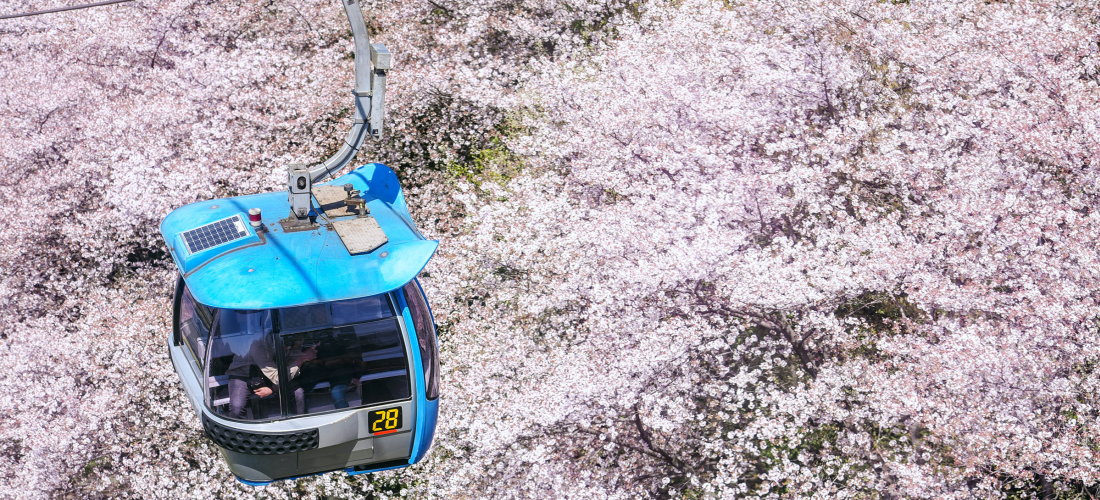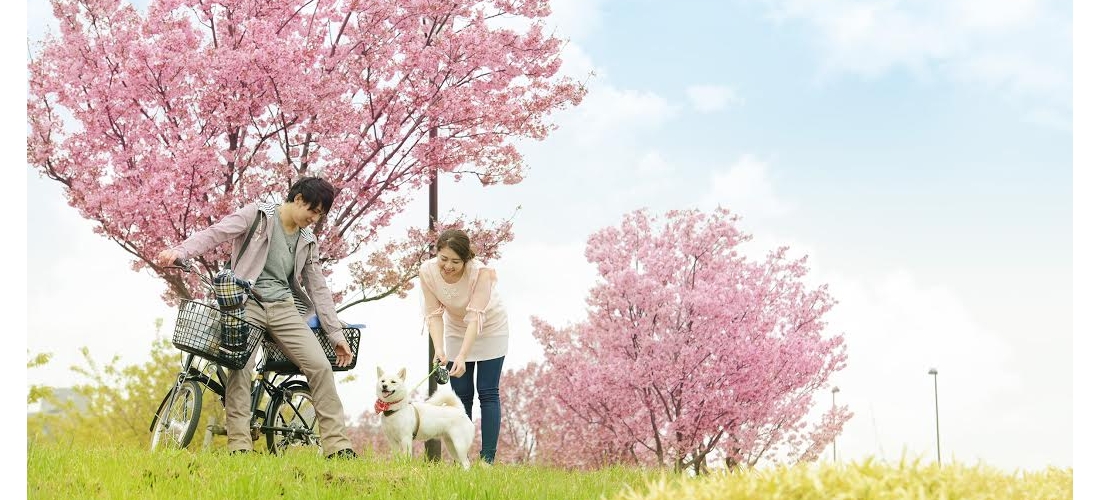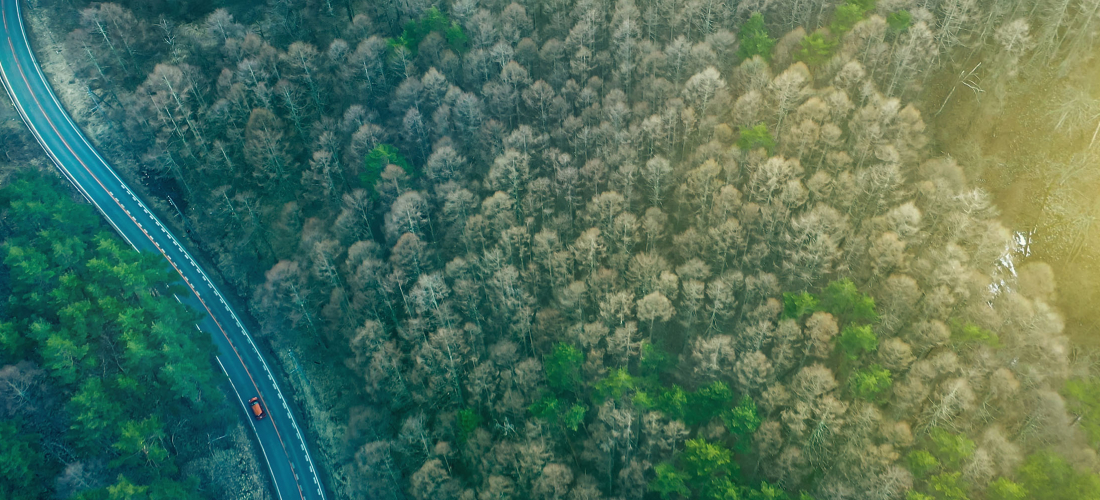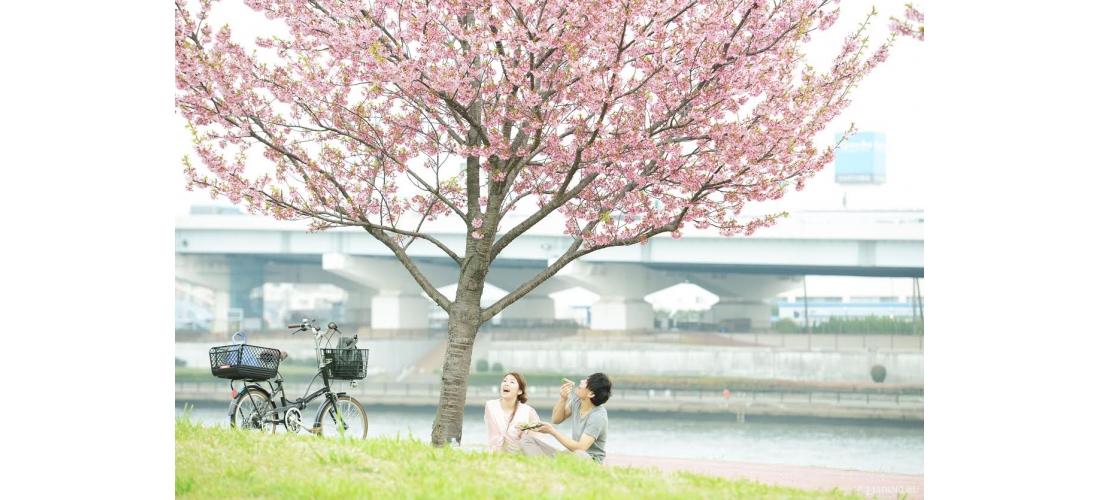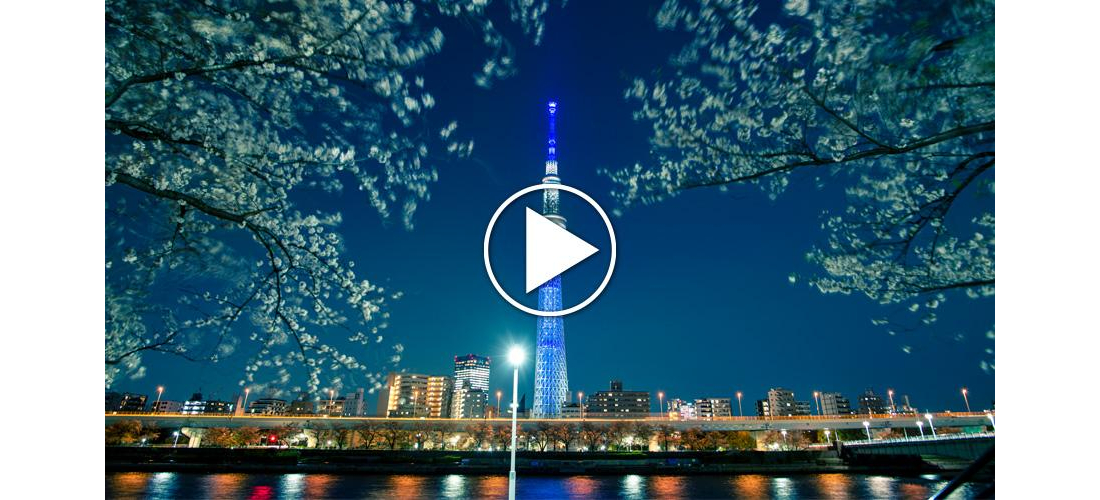
CONTENTS
TOKYO SKYTREE is iconic all year-round, but sakura (cherry blossom) season brings out a unique beauty, making TOKYO SKYTREE an amazing Tokyo sakura spot!
Spring Sakura and TOKYO SKYTREE
For many people, sakura season is the very best time to see Tokyo, as a spring breeze rolls through the city, carrying with it waves of pink cherry blossom petals. And as spring brings great weather and beautiful sakura blooms to the city, it's the perfect time to check out Tokyo's most popular attractions, like TOKYO SKYTREE! This gorgeous tower stands 634 meters (over 2080 ft) over Tokyo, which is why it's a must-see sightseeing stop on any Japan travel itinerary. A day spent exploring eastern Tokyo, admiring the local sakura, and visiting TOKYO SKYTREE might just end up being the best part of your trip.
1-1-2 Oshiage, Sumida-ku, Tokyo
Access: Tokyo Skytree Station (Tobu Skytree Line) / Oshiage Station (Hanzomon Line)
Observation Deck Hours: 8:00 – 22:00 (Final Admission 21:00)
Admission Fee Chart / Advance Tickets
Official Website (en)
Start the Day in Asakusa
Not only is the Asakusa area of Tokyo one of the most popular places for travelers to stay, it's also a lovely, atmospheric part of the city, which is why it's a good place to start the day. To make this outing extra fun, you can even rent a kimono from one of the many shops around Asakusa, and wander Tokyo in style! Whether you're wearing kimono, or just decide to stick to your everyday duds, you're going to be blown away by the views of TOKYO SKYTREE from across the Sumida River.
The View from Afar
Make your way over to the banks of the Sumida River, and you'll be rewarded by rows of blooming cherry trees, elegantly framing the towering shape of TOKYO SKYTREE. From this distance you can really appreciate the height of the structure, and the sunlight glittering off the sides almost rivals the pink of the sakura.
Once you've really taken in the view, you'll definitely want see what it's like from the other direction, looking down on Tokyo from hundreds of meters in the sky. It's time to go to Tokyo TOKYO SKYTREE! For a chance to experience a little bit of traditional Japanese culture on the way, the most exciting way to get to TOKYO SKYTREE is by rickshaw! Did you know that the word rickshaw actually comes from the Japanese name for these vehicles, "jinrikisha" (人力車)? They've been a popular mode of transportation since the 1800s, so a ride in one is a pretty traditional Japanese experience! (Although TOKYO SKYTREE, constructed in 2008~2012, certainly isn't a landmark that 19th century Tokyoites would have recognized!)
All the Ways to Enjoy TOKYO SKYTREE
From the Ground on Sorami-zaka
Whether you arrive at TOKYO SKYTREE traveling by rickshaw, or just at one of the nearby train stations (Tokyo Skytree Station or Oshiage Station), when your feet hit the ground, your first view will be from below. For those looking to take a snapshot with the whole tower reaching into the sky behind them, the Sorami-Zaka area at the base of TOKYO SKYTREE gives you just that opportunity.
Plus, now's your chance to see, up close, that the structure isn't painted with any old white paint. The color, named "Skytree White", is actually an exclusive blend, chosen with traditional Japanese indigo dyes (aizome, 藍染) in mind.
TOKYO SKYTREE Tickets
It's finally time to zoom hundreds of meters into the air in the speedy TOKYO SKYTREE elevators! But first you'll need a ticket. You can certainly start lining up whenever you arrive and buy a day-of ticket on-site, but lines can get long on busy days, and there are much better options! If you don't want to waste any time lining up in the lobby, you can buy TOKYO SKYTREE tickets before you even get to Japan. The tickets are available at a number of travel agents and planning websites (like this one here). So, although you can certainly check the prices for day-of tickets right here, you'll have more time to relax and enjoy the view if you show up with a ticket in-hand.
Wondering about the different ticket options? To explain a little, TOKYO SKYTREE has two observation deck floors, the Tembo Deck (floor 350) and the Tembo Galleria (floor 450). It's possible to purchase a ticket for just the Tembo Deck (and the view from floor 350 is already amazing), but the 450th floor Tembo Galleria offers the most spectacular aerial views of Tokyo around, so it's worth going all the way to the top. If you want to buy the additional ticket for the Tembo Gallery once you're already heading up, you can purchase it on the Tembo Deck floor as well!
Climbing to the Top
During the spring, you can even enjoy sakura during your journey climbing the height of TOKYO SKYTREE, thanks to a cherry blossom motif subtly decorating the elevators! As soon as you exit the elevator doors, though, you won't be pondering the wall decorations anymore. With the breathtaking metropolis of Tokyo spread out below you, your eyes will be glued to the many windows!
All visitors going to the observation deck floors of TOKYO SKYTREE stop at the Tembo Deck first thing. If you have a ticket (or choose to buy one there) for the Tembo Galleria, the very highest viewing floor, you take a separate elevator up the additional 100 meters. While you can spend as long as you like on either of the observation decks, the tickets for both floors are only valid for one trip up in the elevator each, so don't go back down to the Tembo Deck until you're finished with floor 450, and don't go down to ground level until you're all done!
The Best Views from the Observation Decks
Once you reach the top of the elevator ride and step out onto the Tembo Deck, close your eyes for a moment – can you tell? It's so subtle you might not be able to feel it, but TOKYO SKYTREE's height means that the upper sections are constantly shifting in the wind! Open your eyes, and it's time to explore all the views available.
Mt. Fuji is a symbol of Japan, and TOKYO SKYTREE offers the best view of the majestic mountain in Tokyo. Just look at it looming large in the background! The signs all over the observation decks point out some of the most interesting landmarks below.
Location: both Floor 350 & 450
For anyone with a little bit of courage, the glass floor is worth a visit! The unfettered view of the street 350 meters below might just get your heart pumping, and you can get a photo taken from above as you stand on the glass.
Location: Tembo Deck (floor 340)
Pick up a postcard at the nearby gift shop, and you can get it sent right from the top of TOKYO SKYTREE, via this unique post box! It'll arrive at its destination complete with a special stamp showing where it was sent from.
Location: Tembo Deck (floor 345)
Do you see the resemblance? This beautiful folding screen depicting the Tokyo area was painted during Japan's Edo period, and they now have it on display so you can compare today's reality to the way people once viewed the city.
Location: Tembo Deck (floor 350)
If you visit during the day, you'll be able to catch this awesome view of TOKYO SKYTREE’s shadow falling over the city landscape. Here you see it pointing west, towards the rest of Tokyo!
Location: both Floor 350 & 450
Will the high point of the tower be the high point of your day? The "Sorakara Point" (named after the cute TOKYO SKYTREE mascot) is TOKYO SKYTREE's highest viewing point. Looking out on Tokyo from here, it appears less like a huge metropolis and more like a children's toy set! You won't find a view like this anywhere else.
Location: Tembo Galleria (floor 450)
Relax for the Evening
Sky Restaurant 634
Not quite ready to head back down to earth?
*Image for illustrative purposes only.
For a little bit of extra time with your head in the clouds, you can always make advance reservations at Sky Restaurant 634, where diners eat at 345 meters above ground. Every table has a panoramic view of the city below, making for one magical meal.
Sky Restaurant 634
Hours: 11:00 – 23:00 (Last order 20:30)
Official Website
Below TOKYO SKYTREE
Once you finally head to the elevator on floor 340 and descend down the tower, there are plenty of ways to finish off your day at TOKYO SKYTREE in style. The surrounding shopping facilities contain quite a few restaurants, including some Japanese specialties, and during sakura season you can buy cherry blossom products of all kinds! Bring a little bit of Tokyo's springtime beauty home with you, if you want, with sakura sweets, cherry blossom accessories, or a practical pink tote bag.
TOKYO Solamachi℠ Shopping Facilities
Shop Hours: 10:00 – 21:00
Restaurant Floor Hours: 11:00 – 23:00
Official Website (en)
©TOKYO-SKYTREE
Before you leave, pick up any last souvenirs at the first floor gift shop!
TOKYO SKYTREE’s Nighttime Lighting
Whether you admire it from up close, or gaze from afar on your way home, definitely do not miss the chance to see TOKYO SKYTREE light up once the sun goes down! There are three standard colors and patterns that light up the night, called Iki, Miyabi, and Nobori, but on certain occasions, you might just be lucky enough to catch a special lighting pattern instead (like the one shown here). (The lights are all eco-friendly LEDs, too!)
Whether TOKYO SKYTREE is glowing blue, purple, orange, or any other color on the spectrum, the image of the building framed by springtime cherry blossoms is one you'll never forget.
Good Night, TOKYO SKYTREE!
Starting the day with kimono in Asakusa, taking in the view of cherry blossoms in the foreground and TOKYO SKYTREE in the distance, climbing the tall tower and checking out the amazing views, before finishing the excursion with a bite to eat and a bit of a light show – you won't find a better day in Tokyo!
Details
NAME:TOKYO SKYTREE
MAP
ACCESS:Tokyo Skytree Station / Oshiage Station
COMMENT
FEATURED MEDIA
VIEW MOREMAP OF JAPAN
SEARCH BY REGION

LATEST
VIEW MOREEVENT CALENDAR
VIEW MOREMOST POPULAR
 Tokyo Winter Recommendation: Don’t Miss Tokyo Mega Illumination, Japan’s #1 Light Show
Tokyo Winter Recommendation: Don’t Miss Tokyo Mega Illumination, Japan’s #1 Light Show ป้ายยาสินค้าน่าซื้อในร้านขายยาญี่ปุ่น | KOWA ผลิตภัณฑ์เพื่อสุขภาพสำหรับคนยุคใหม่
ป้ายยาสินค้าน่าซื้อในร้านขายยาญี่ปุ่น | KOWA ผลิตภัณฑ์เพื่อสุขภาพสำหรับคนยุคใหม่ Okinawa Family Road Trip: Japanese Glasses Shopping at San-A Urasoe West Coast PARCO CITY, Discount Coupons, & Okinawa Sightseeing with JINS
Okinawa Family Road Trip: Japanese Glasses Shopping at San-A Urasoe West Coast PARCO CITY, Discount Coupons, & Okinawa Sightseeing with JINS


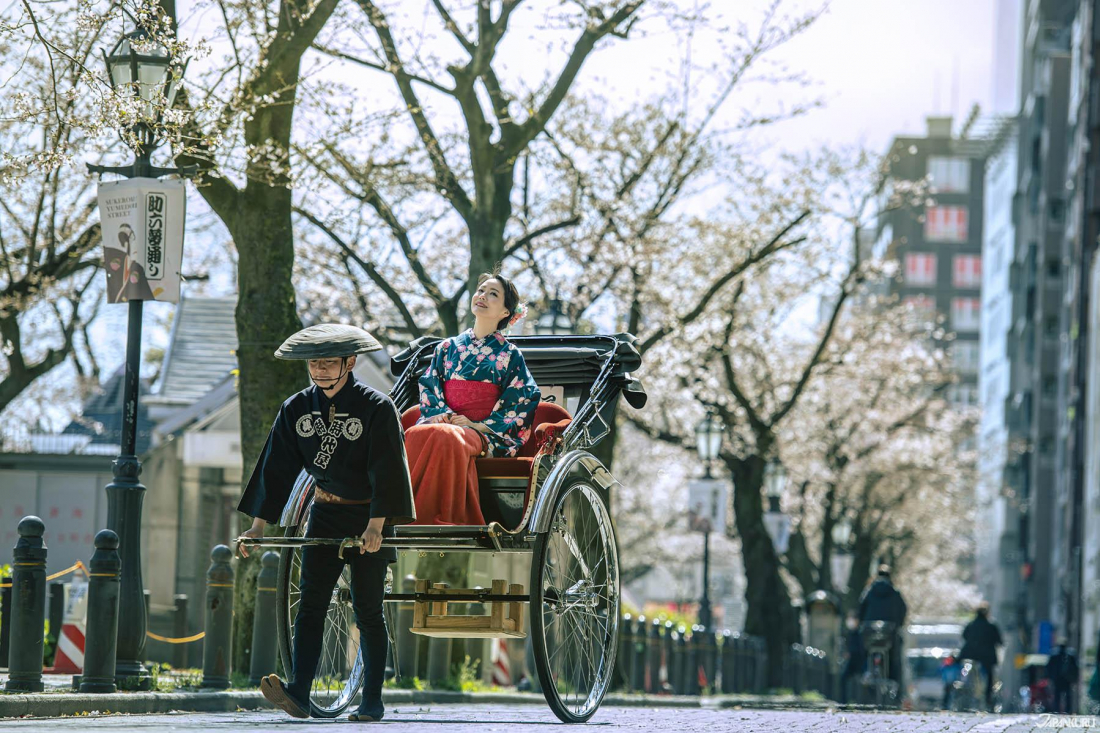
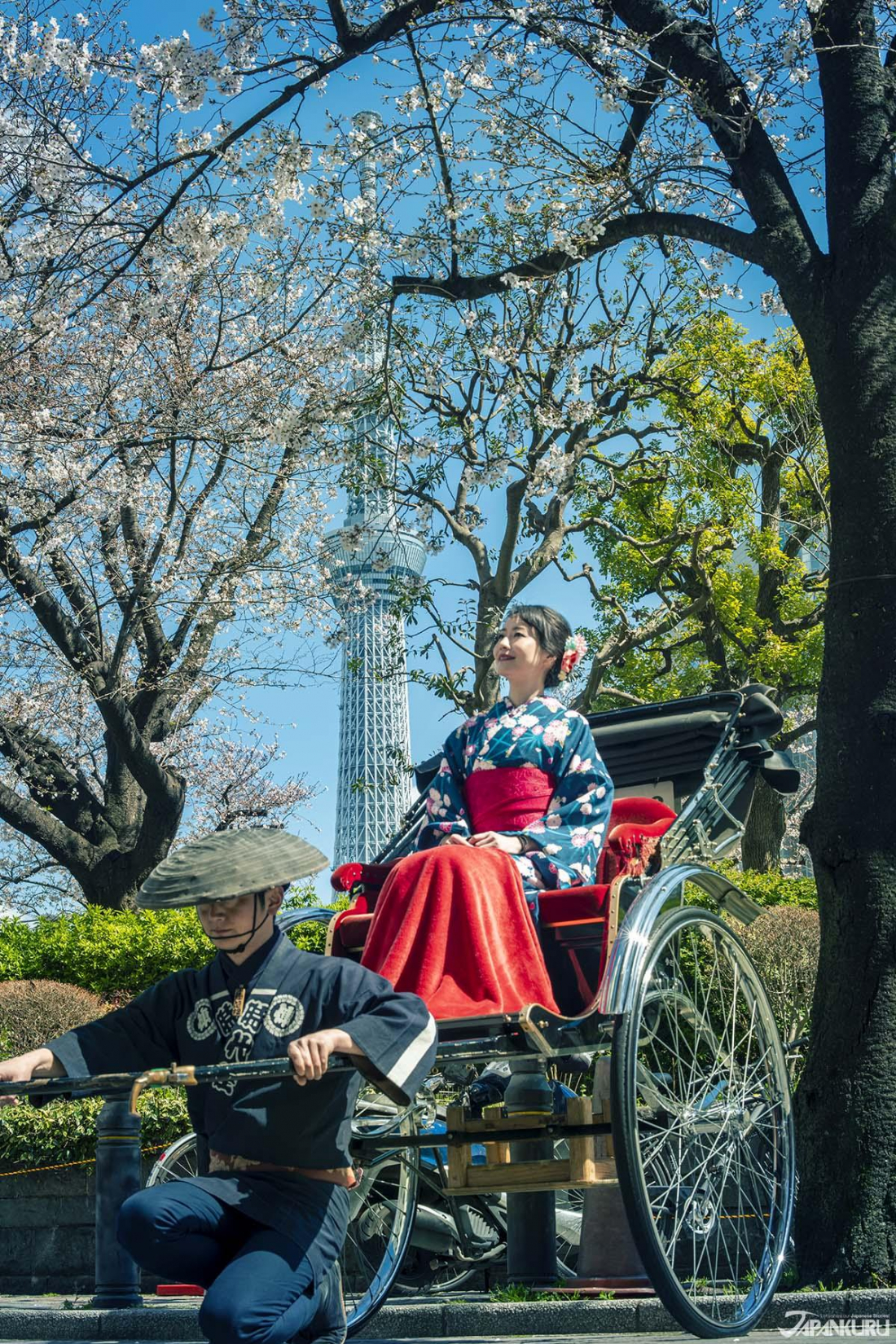
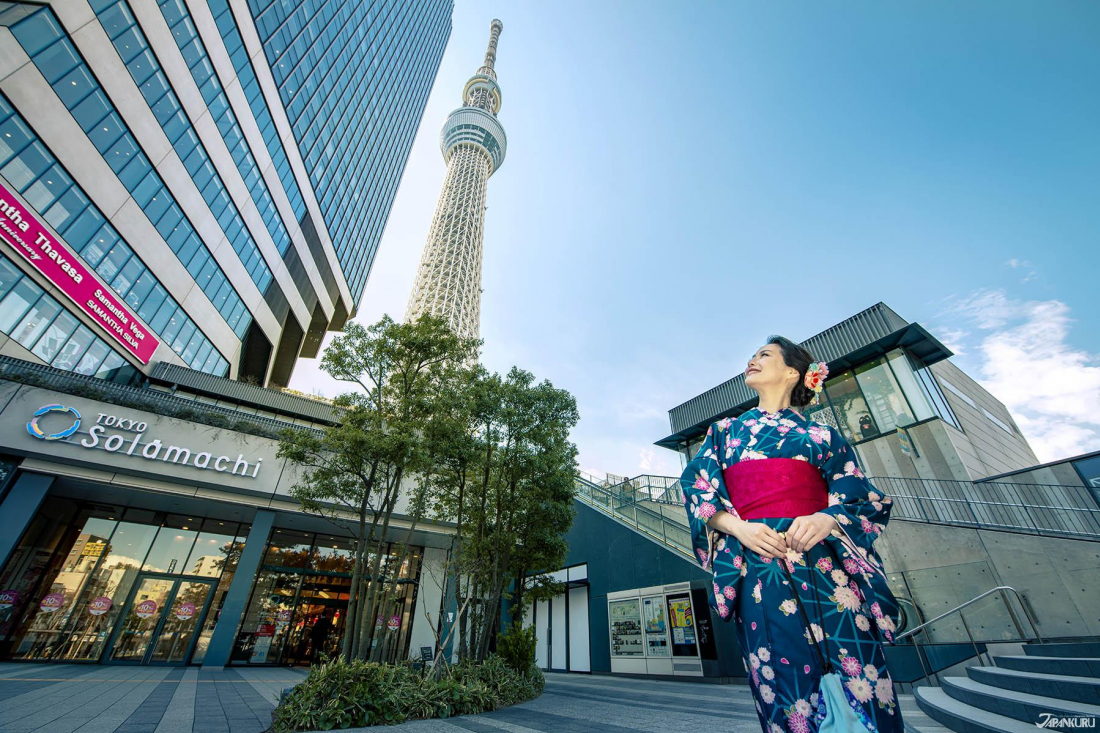

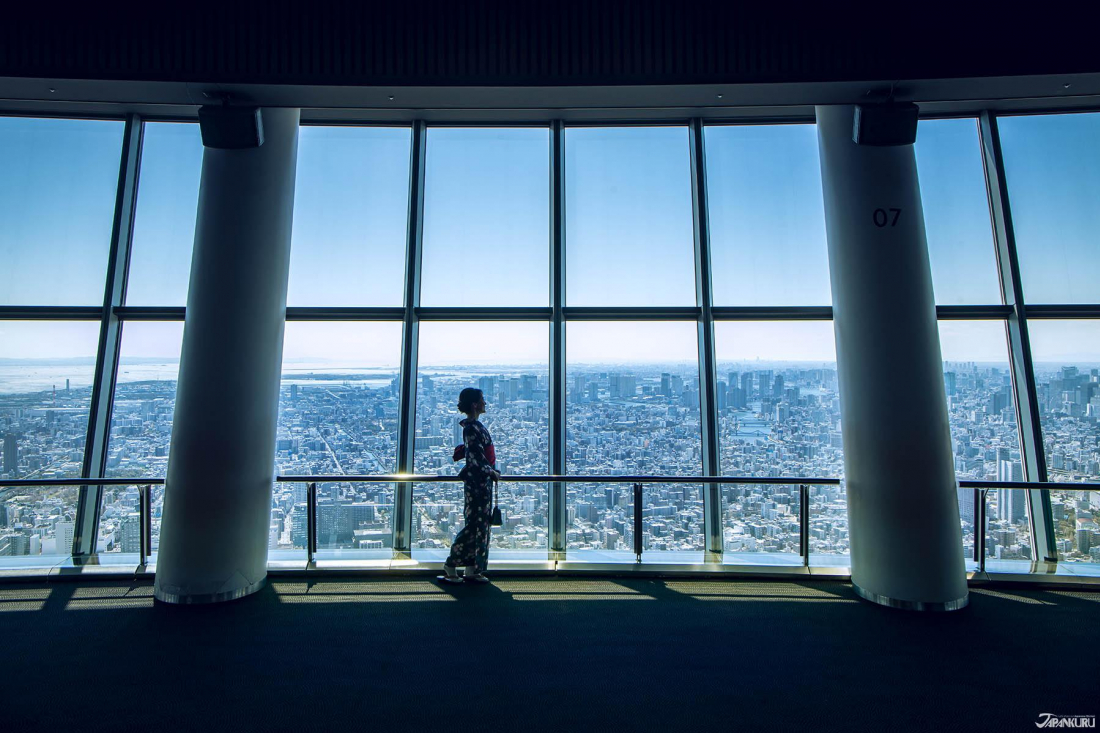
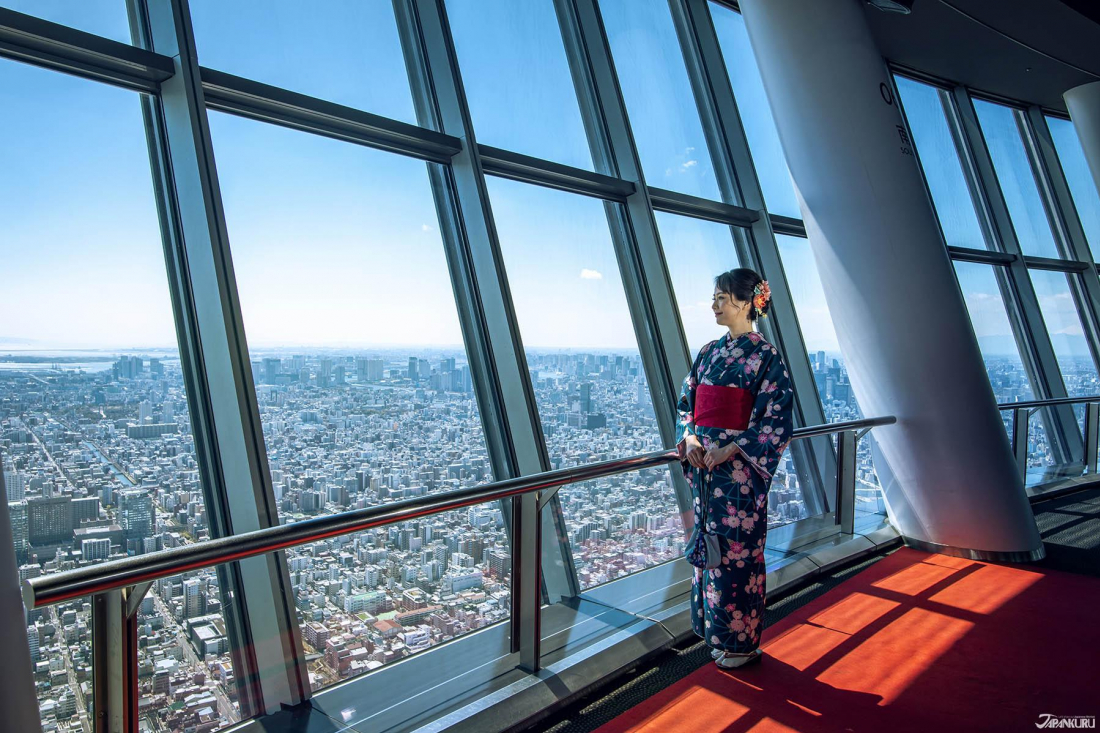


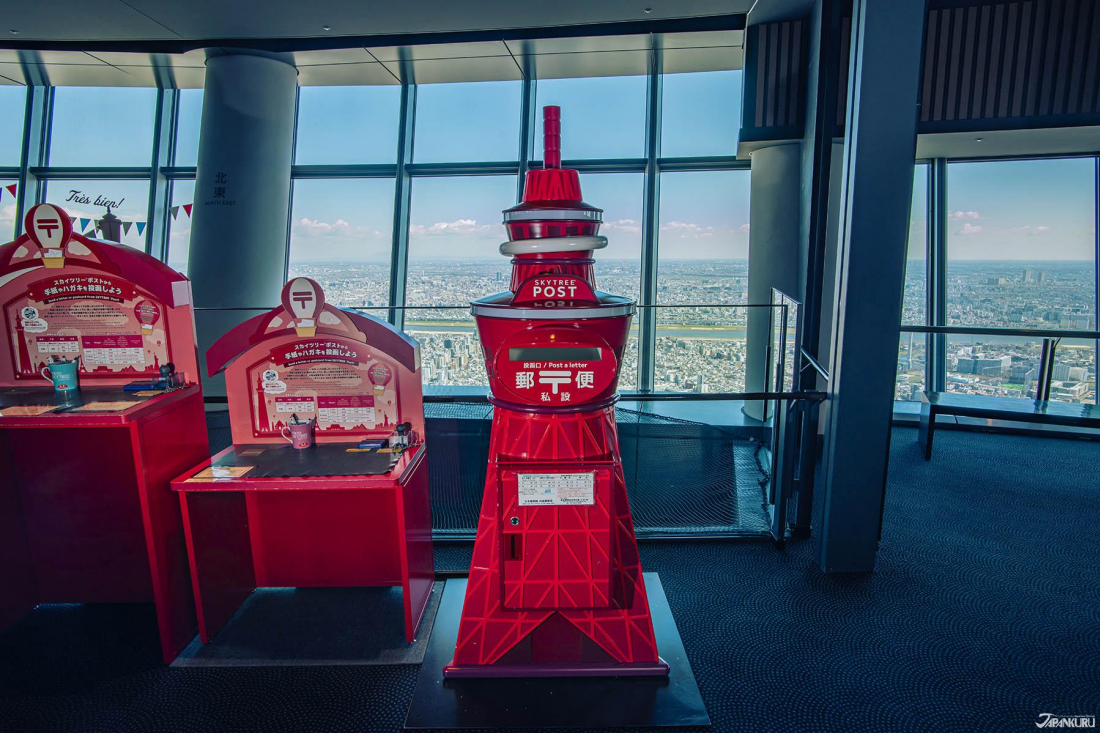
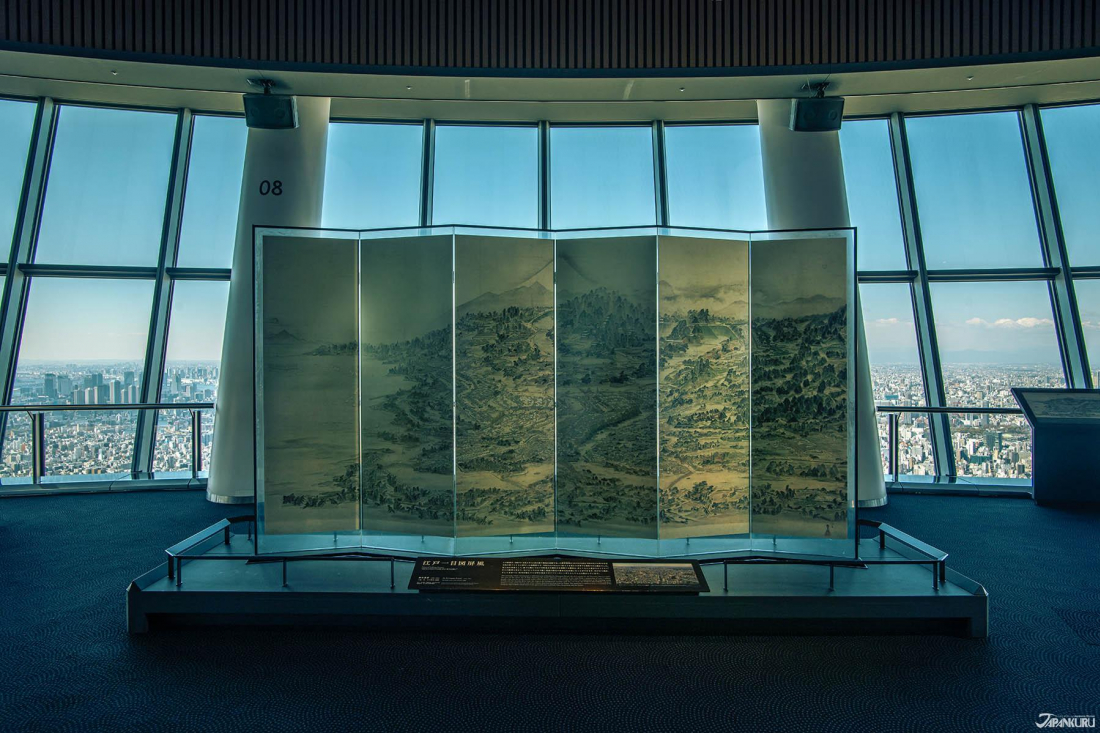


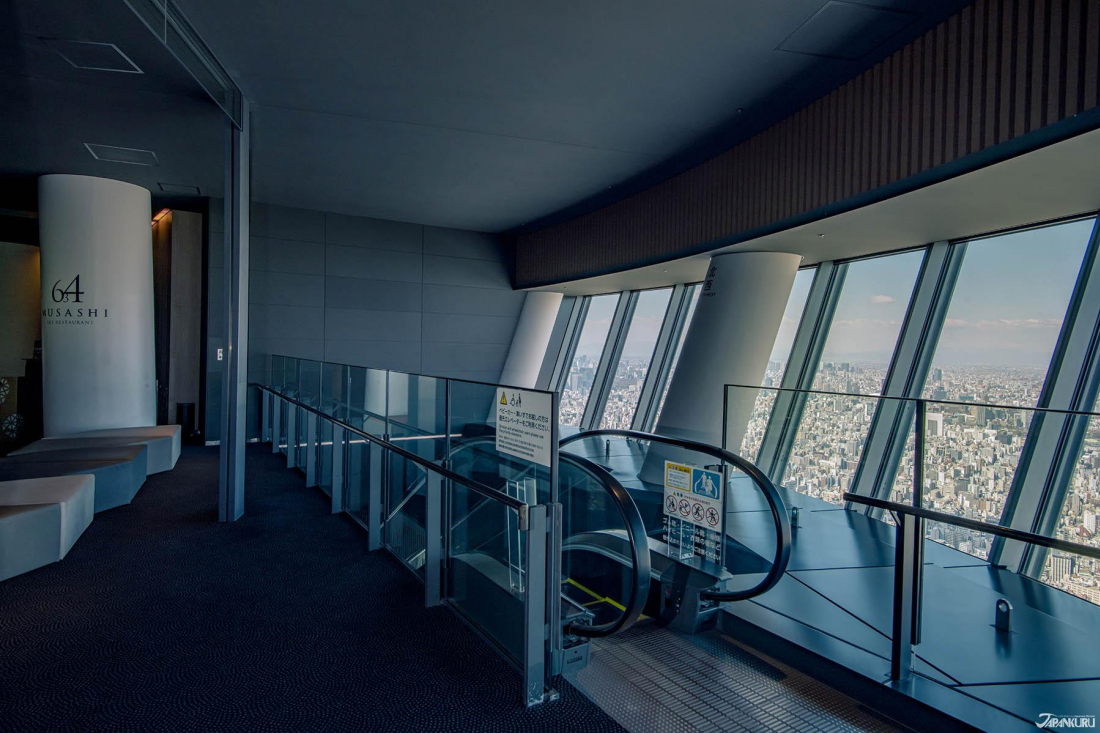








 >> Find out more at Japankuru.com! (link in bio)
#
>> Find out more at Japankuru.com! (link in bio)
#





 The Robot Restaurant is gone, but the Samurai Restaurant is here to take its place. Check it out, and don't forget your coupon!
The Robot Restaurant is gone, but the Samurai Restaurant is here to take its place. Check it out, and don't forget your coupon!
 신주쿠의 명소 로봇 레스토랑이 사무라이 레스토랑으로 부활! 절찬 쿠폰 발급중
신주쿠의 명소 로봇 레스토랑이 사무라이 레스토랑으로 부활! 절찬 쿠폰 발급중
 18歲以上才能入場的歌舞秀,和你想的不一樣!拿好優惠券去看看~
#tokyo #shinjuku #samurairestaurant #robotrestaurant #tokyotrip #도쿄여행 #신주쿠 #사무라이레스토랑 #이색체험 #할인이벤트 #歌舞伎町 #東京景點 #武士餐廳 #日本表演 #日本文化體驗 #japankuru #japantrip #japantravel #japanlovers #japan_of_insta
18歲以上才能入場的歌舞秀,和你想的不一樣!拿好優惠券去看看~
#tokyo #shinjuku #samurairestaurant #robotrestaurant #tokyotrip #도쿄여행 #신주쿠 #사무라이레스토랑 #이색체험 #할인이벤트 #歌舞伎町 #東京景點 #武士餐廳 #日本表演 #日本文化體驗 #japankuru #japantrip #japantravel #japanlovers #japan_of_insta
 코지마 x 빅 카메라 쿠폰으로 일본 가전 제품 쇼핑하기
#pr #japankuru #japanshopping #kojima #biccamera #japaneseskincare #yaman #dji #osmopocket3 #skincaredevice #日本購物 #美容儀 #相機 #雅萌 #日本家電 #일본여행 #면세 #여행꿀팁 #일본쇼핑리스트 #쿠폰 #일본쇼핑 #일본브랜드 #할인 #코지마 #빅카메라 #japankurucoupon
코지마 x 빅 카메라 쿠폰으로 일본 가전 제품 쇼핑하기
#pr #japankuru #japanshopping #kojima #biccamera #japaneseskincare #yaman #dji #osmopocket3 #skincaredevice #日本購物 #美容儀 #相機 #雅萌 #日本家電 #일본여행 #면세 #여행꿀팁 #일본쇼핑리스트 #쿠폰 #일본쇼핑 #일본브랜드 #할인 #코지마 #빅카메라 #japankurucoupon
































 Oita Hello Kitty Airport
Oita Hello Kitty Airport  Lands April 13th
Lands April 13th









